




Table of Contents
- Introduction
- Types of Soil
- Uses of Soil
- Conclusion
- Faq's
Introduction
Soil, a complex and dynamic natural resource, is indispensable for supporting life on Earth. Understanding the types of soil and their uses is vital across various sectors, including agriculture, construction, and environmental conservation.
Types of Soil
Clay Soil:
Characterized by fine particles and high water retention, clay soil is nutrient-rich and ideal for cultivating crops like rice, wheat, and soybeans. It is used for lining ponds and reservoirs to prevent water seepage due to its impermeable nature.clay soil
Sandy Soil:
Comprising larger particles with low water retention, sandy soil drains quickly and is suitable for drought-resistant crops like cacti and succulents. It is commonly used in construction for backfilling and landscaping due to its stability and easy drainage.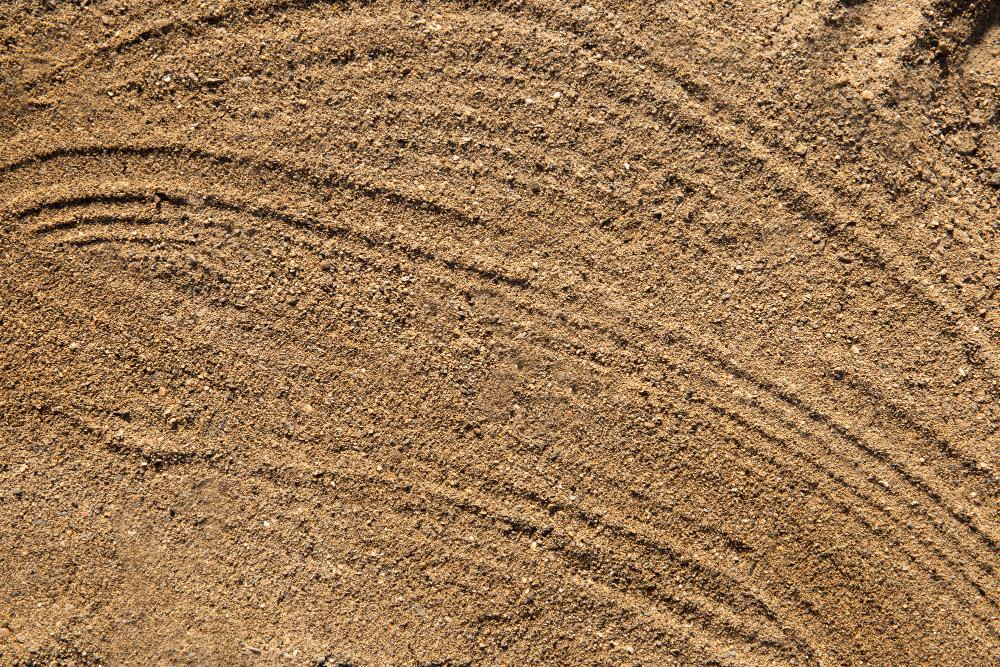 sandy soil
sandy soil
Loamy Soil:
A balanced mixture of sand, silt, and clay, loamy soil offers excellent water retention and drainage, making it fertile for a wide variety of crops. Preferred by gardeners for its nutrient-holding capacity and structure, it is suitable for growing vegetables, fruits, and ornamental plants.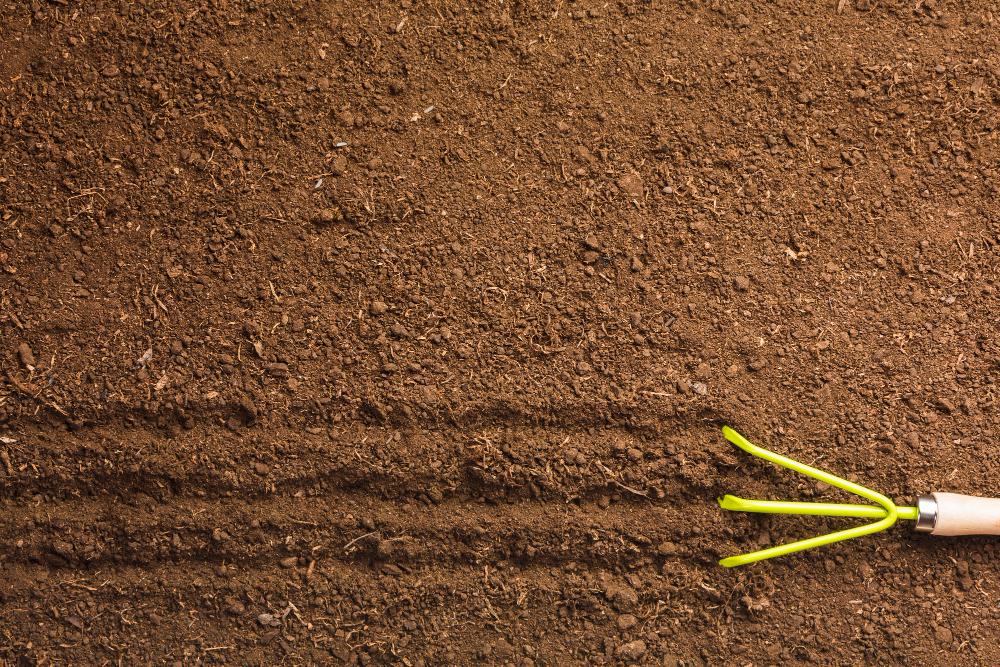 Loamy Soil
Loamy Soil
Silty Soil:
Consisting of fine particles smaller than sand but larger than clay, silty soil retains water well and is moderately fertile. Used in construction for making bricks, mortar, and plaster due to its cohesive properties.
Peaty Soil:
High in organic matter from partially decomposed plant material, peaty soil is acidic and ideal for acid-loving plants like blueberries and azaleas. Utilized as a fuel source and in horticulture to improve soil structure and water retention.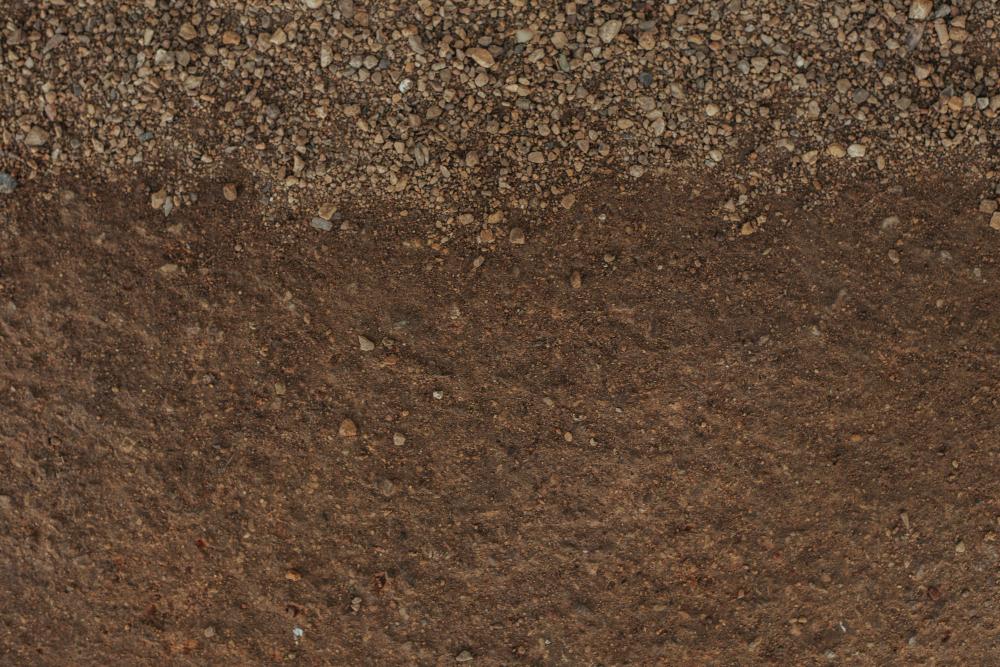 Peaty Soil
Peaty Soil
Chalky Soil:
Rich in calcium carbonate from limestone weathering, chalky soil is alkaline with poor water retention. Suitable for drought-tolerant crops such as lavender and sage, and used in construction for making lime mortar and plaster.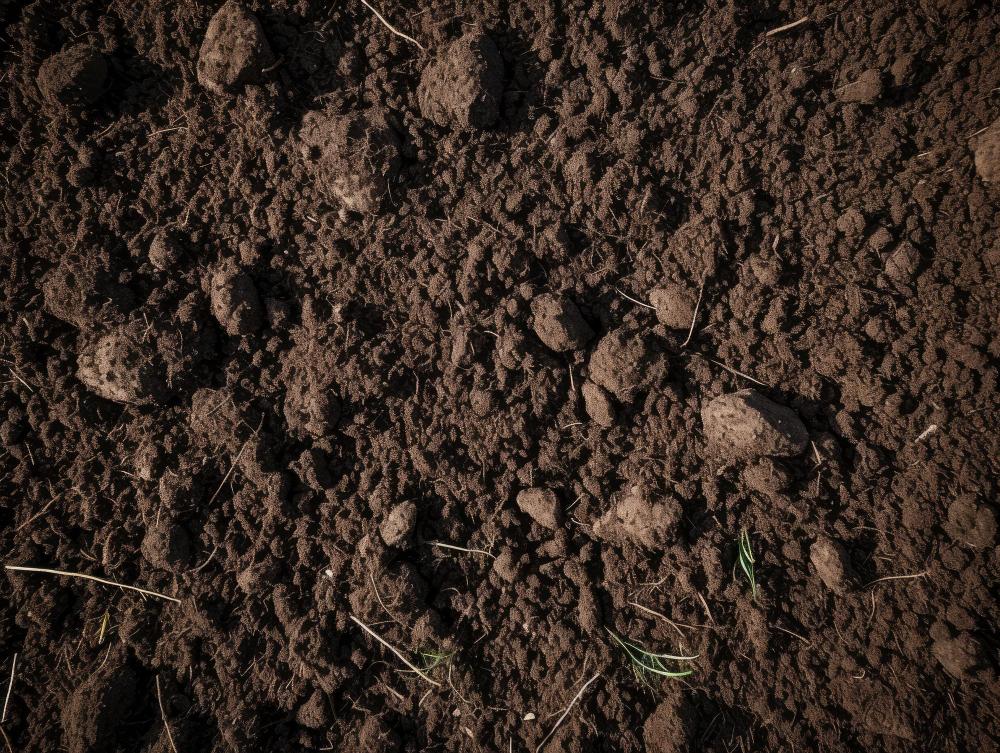 Chalky Soil
Chalky Soil
Black Soil (Regur Soil):
Also known as regur or black cotton soil, black soil is rich in clay minerals and organic matter, and has excellent moisture retention. Ideal for growing crops like cotton, sugarcane, and soybeans, and used in construction for making bricks and pottery.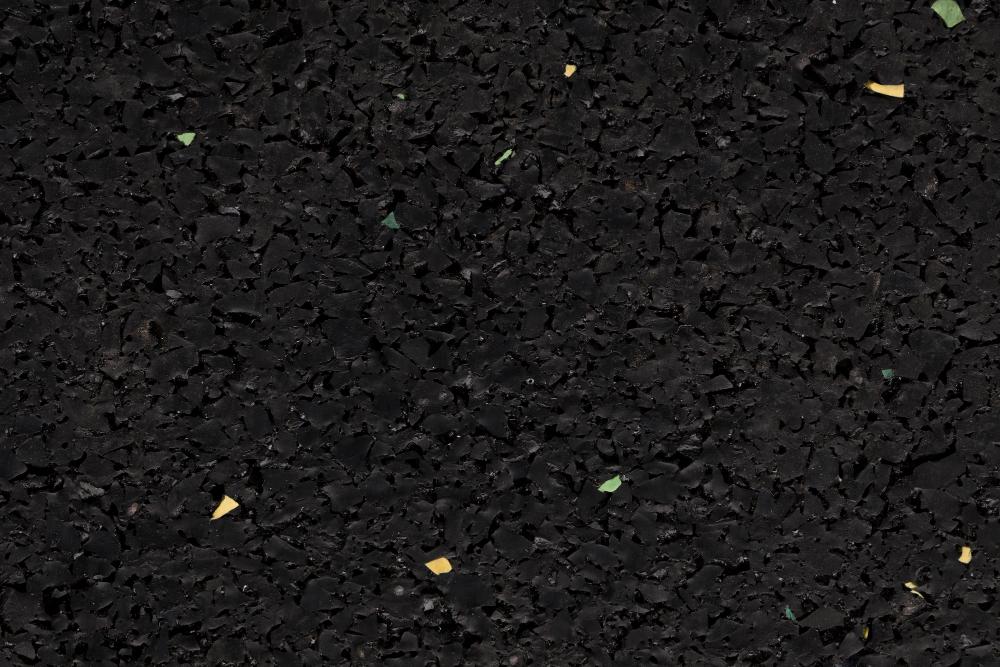 Black Soil
Black Soil
Uses of Soil
Clay Soil:
Ideal for growing rice, wheat, and soybeans due to its nutrient-rich composition. Used for lining ponds and reservoirs to prevent water seepage. Suitable for making pottery and ceramic products due to its fine particle size and plasticity.
Sandy Soil:
Suitable for drought-resistant crops like cacti and succulents. Commonly used in backfilling and landscaping due to its stability and easy drainage. Used in filtration systems to purify water due to its permeability.
Loamy Soil:
Highly fertile and well-suited for growing vegetables, fruits, and ornamental plants. Preferred by gardeners for its excellent structure and nutrient-holding capacity. Used to prevent soil erosion in agricultural and landscaping applications.
Silty Soil:
Used in making bricks, mortar, and plaster due to its cohesive nature. Suitable for growing crops with moderate water needs such as barley, oats, and alfalfa. Used to reclaim land and stabilize embankments due to its stability.
Peaty Soil:
Excellent for growing acid-loving plants like blueberries and azaleas. Used as a source of fuel in some regions due to its high organic matter content. Used in horticulture to improve soil structure and water retention.
Chalky Soil:
Suitable for growing drought-tolerant crops such as lavender and sage. Used in making lime mortar and plaster due to its high calcium carbonate content. Used to neutralize acidic soils and improve soil fertility.
Black Soil (Regur Soil):
Ideal for growing crops like cotton, sugarcane, and soybeans due to its high fertility. Used in making bricks and pottery due to its cohesive properties. Acts as a carbon sink, helping mitigate climate change by storing organic carbon.
Conclusion
In conclusion, soil is a versatile resource crucial for sustaining ecosystems and human activities. Understanding soil types and their uses enables us to effectively manage and conserve this precious resource. Whether in agriculture, construction, or environmental restoration, soil plays an indispensable role in shaping our world and supporting life on Earth.
explore further
Latest from Home Buying Tips
More from Recommendations
Resources
Dwello, for every home buyer, is a way to go from 'I feel' to 'I know', at no extra cost.



